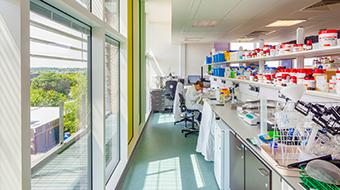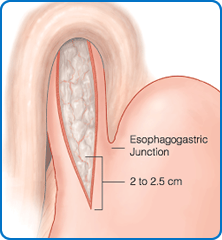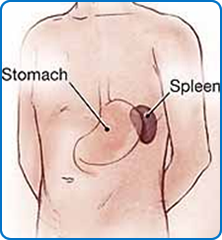Postnatal Care in the Community
When will I be seen by the Community Midwifery Team?
When you come home from hospital with your baby a midwife will visit you the next day to assess and plan your postnatal care.
We are unable to give you a time as we do not know how many visits we will have or where they are. If you have not been seen by a midwife by 3pm please call the Hospital where you birthed and they will contact a Midwife for you.
Your next appointment is usually day three - four to weight the baby and then on day five - seven to perform the neonatal screening test if you have consented to this procedure.
These appointments are held in a clinic and will be performed by a Maternity Care Assistant. You will be asked to come to a local clinic if you and your baby are well.
Your discharge appointment with the midwife will be between days ten - 14 and ideally at your own Health Centre. Along with yourself and your baby, please bring your maternity notes (yellow book) and your baby’s Child Health Record red book to every appointment.
If for any medical reason you cannot attend the clinics please speak to a member of the midwifery team.
Your plan of care
1st visit - Midwife usually from your team.
Day three - four - Maternity Care Assistant from your team to weigh baby.
Day five - eight - Maternity Care Assistant from your team to perform the neonatal screening test with your consent.
Day ten - 14 - Midwife discharge appointment ideally at the place where you have been seeing your Midwife antenatally with a member from your team.
If you have any baby weighing issues or breastfeeding problems we may ask you to attend a clinic or breastfeeding support group between 9am and 5pm Monday to Friday. On a Saturday and Sunday some GP surgeries are closed so we may ask you to come to Southmead Hospital or Cossham Birth Centre.
For more information on health visiting visit www.sirona-cic.org.uk
If you are not going to be at home for us to visit you please phone the ward you have been discharged from or phone the number on your red sticker.
Do I need a postnatal GP appointment?
You will need to make an appointment with your GP for a check-up for you and your baby at six-eight weeks following the birth. In the event of some complications, you or your baby may also have a follow-up appointment with a doctor at the maternity unit; this will be sent to you in the post.
You will also need to register your baby as a patient with your GP practice. To do this you will need to have your baby’s NHS number which is issued following the birth and can be found in your baby’s Child Health Record red book.


 This is an operation for achalasia of the cardia, a condition in which the muscle in the lower oesophagus fails to relax and therefore hinders the passage of food and fluid into the stomach. Treatment with Botox injections or balloon dilatation of the affected part of the oesophagus can be attempted but are often short-lived and surgery is frequently required as a more lasting solution.
This is an operation for achalasia of the cardia, a condition in which the muscle in the lower oesophagus fails to relax and therefore hinders the passage of food and fluid into the stomach. Treatment with Botox injections or balloon dilatation of the affected part of the oesophagus can be attempted but are often short-lived and surgery is frequently required as a more lasting solution. The spleen is part of the blood filtering process and is involved in both production and destruction of certain types of blood cells. Removal of the spleen is sometimes necessary for certain blood disorders involving red blood cells or platelets, intrinsic problems of the spleen, traumatic injury or if the spleen is enlarged from infective/inflammatory processes.
The spleen is part of the blood filtering process and is involved in both production and destruction of certain types of blood cells. Removal of the spleen is sometimes necessary for certain blood disorders involving red blood cells or platelets, intrinsic problems of the spleen, traumatic injury or if the spleen is enlarged from infective/inflammatory processes.